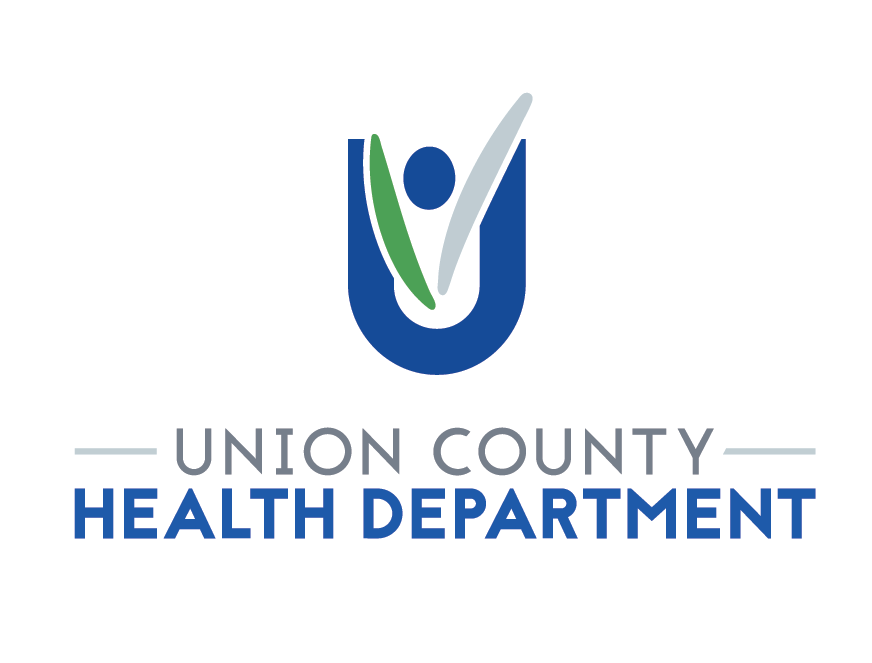Preparedness efforts to slow and delay the spread of the novel coronavirus (COVID-19) continued at an aggressive pace this week. Both within Union County and across Ohio. While Ohio has no confirmed cases of COVID-19 and the risk for COVID-19 remains low for most Ohioans, our community and state is committed to responding and planning for the possibility of COVID-19 reaching Ohio.
Union County community partners met to review community preparedness plans in place.
Preparing and responding takes effort by us all. So, the Union County Health Department and nearly 60 community partners came together this week to gain a better understanding of COVID-19 and the preparedness efforts happening across the county. First responders, healthcare providers, local governments, schools, utilities, and business representatives were all at the table discussing how to serve our community.
An Ohio call center is now open to answer questions about COVID-19.
Call 1-833-4-ASK-ODH (1-833-427-5634).
The call center will be open 7 days a week from 9:00 a.m. to 8:00 p.m. Calls will be answered by licensed nurses and infectious disease experts. They will be available to answer questions and provide accurate information about COVID-19, the risk to the public, and the state’s response.
ODH rolls out CORONAVIRUS.OHIO.GOV to provide important information to Ohioans.
The website is designed with the public in mind. It has great information for Ohioans and provides the latest information on Ohio coronavirus public health surveillance efforts.
Ohio held a statewide Coronavirus Summit to bring local health departments and state offices together to discuss ongoing preparedness and response efforts.
Union County Health Commissioner and his preparedness team attended the summit to make sure Union County stays up-to-date on the rapidly evolving situation.
Arnold Classic closed to spectators and tradeshow cancelled.
The Ohio Department of Health restricted visitors from the Arnold Classic. Arnold Classic organizers also cancelled the trade show portion of the event. This decision was not made lightly. Unlike other local events like high school basketball games, the Arnold involved 22,000 international competitors and spectators spending most of the day in highly congested convention areas. The public health surveillance response required and the risk to the health of Ohioans were the basis for the decision.
Ohio will be able to start testing for COVID-19 in the state lab by next week.
Testing for COVID-19 at the state lab will allow for test results to be returned much quicker. There will be a limited supply of test kits and public health will continue to work with healthcare providers to determine when testing is recommended. As we begin to do more testing, the likelihood we identify cases of COVID-19 in Ohio increases. We are preparing now to see the first case in Ohio.
While risk to Union County residents remains low, taking simple preparedness steps now can help your family if the situation changes.
Talk to your employer and daycare provider to understand sick leave policies.
Talk to your child’s school about remote learning options if your child is ill.
Make sure you keep about a 2-week supply of food and medications on hand.
Simple things. Powerful tools. Stay home when you’re sick, wash your hands, and cover coughs.
Wash your hands often for 20 seconds with soap and warm water.
Avoid touching your eyes, nose and mouth.
Cover coughs and sneezes with your sleeve.
Stay home when you are sick. Stay home for at least 24 hours after you are fever-free.
Clean frequently touched surfaces in your home or work area. (door knobs, keyboards, phones, tablets)
Face masks are not recommended for well people.
Wearing a mask is only recommended if you are ill or directly caring for an ill person. If you have no respiratory symptoms, wearing a mask is not recommended. Why? Because 1) normal surgical masks n help to block some of the respiratory droplets that are expelled by an ill person, 2) but they do not keep respiratory droplets out. 3) Preserving masks for our healthcare workers, EMS, and caretakers of ill persons is critical – so that they can stay healthy to be there for all of us when we need them. 4) Being cognizant to keep 6 feet of distance between you and those around you, truly is a powerful prevention tool. 6 feet is the distance a sneeze is known to spread respiratory droplets.
COVID-19 infections now being investigated in 19 U.S. states; 164 cases and 11 deaths.
See the latest update at: https://www.cdc.gov/coronavirus/2019-ncov/cases-in-us.html
CDC Travel Alerts
As you plan for spring break travel, stay up to date on the rapidly evolving situation. There are no travel advisories for any destinations within the U.S. If you are traveling abroad make sure to know the latest travel alerts (https://wwwnc.cdc.gov/travel/notices) and check out the CDC’s Traveler’s FAQ. No matter where you travel, make sure that you always take a good look at your health when you get home. If you start to feel sick, stay home and see your doctor if you start to feel worse. If you traveled abroad, tell your doctor before you go to the office or urgent care. And if you went to a country under a level 2 or 3 travel advisory, call the Union County Health Department. We’ll talk to you about signs and symptoms to look for and what to do if you start to get sick.


